A refugee still traumatised by tragedy of his arrival
Fifty people died on December 15, 2010, in the nation’s worst civilian maritime disaster in more than a century dominating. Of those who had boarded the SIEV 221 days earlier, only 42 people survived. Meysam Rahimzadeh was among them.
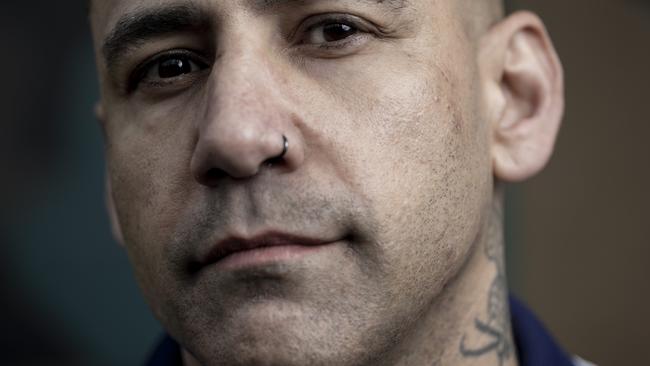
Happiness, like luck, is relative. For Meysam Rahimzadeh, the former might vary, yet even with multiple low moments over the past 14 years he’s still overwhelmed at his luck.
This time in 2010, Australia did not even figure in his consciousness, let alone his dreams. In his early twenties, he was working as a builder with his father in his home city of Tehran, having grown up with the ever-lurking possibility of conflict.
“You’re thinking all the time war is going to happen between Iran and the USA: you’re four, and you repeatedly hear that war is going to happen. It makes you very anxious,” he says of the fear that stalked his childhood.
By the time he was 21, that fear had become almost constant under the regime that ruled Iran. “Things were getting very harsh; people were getting arrested and disappeared.” After joining a demonstration against the government, he discovered his photograph in a local paper, a dissenter wanted by authorities.
With his family’s help, he fled. Over several weeks in 2010, he travelled across great tracts of the globe, from Tehran to Dubai and finally to Indonesia, where he spent weeks idling in Jakarta.
In the dying days of 2010, he began the final leg of his unauthorised journey to Australia, by bus to a small boat where, after several hours, he was transferred at sea to another vessel.
“They say this is the easiest way to get somewhere, to a good country,” he says of his decision to enter Australia without permission. “We didn’t have a choice. We couldn’t go on a big plane.” Unable to remain in Iran and hope for a hard-to-get visa, he became another customer of people smugglers, his brother in Tehran, who organised his trip, “sure if we come here we (would) get looked after”.
On 12 December 2010, Mr Rahimzadeh was one of 89 asylum seekers, who, with their captain and a crew of three, boarded the Janga, a flimsy fishing boat that was supposed to lead them to freedom. “We were surprised because they told us the boat was safe,” he says of the stripped back vessel, devoid of any safety equipment and with a crude hole for a toilet, to which he was transferred. “It was very, very old. It was like nothing that they described to us.”
By the early hours of 15 December 2010, the Janga, known as SIEV 221 (Suspected Irregular Entry Vessel) by Australian authorities, was approaching Christmas Island. The captain had already abandoned the boat and its passengers, and boarded another vessel that had trailed SIEV 221 for hours. Then the engine, which had experienced issues even before the start of the journey, failed.
In the huge seas that pummelled Christmas Island that morning, the vessel began to break up. With just 20 life jackets on board, its terrified occupants were thrust into the water, most of them without any protection.
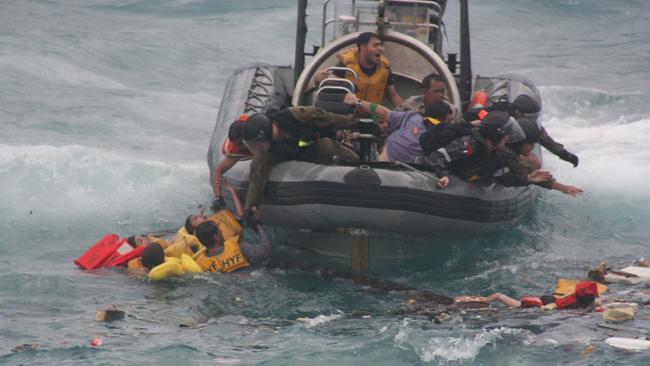
Just metres off the jagged limestone cliffs at the island’s Rocky Point, their screams were heard by multiple Christmas Island residents who tried to form a human chain and tossed out more life jackets, but who were unable to reach them in the six metre swell.
Fifty people died that day, the nation’s worst civilian maritime disaster in more than a century dominating page one of The Australian on 16 December 2010. Of those who had boarded the SIEV 221 days earlier, only 42 people survived. Meysam Rahimzadeh was among them.
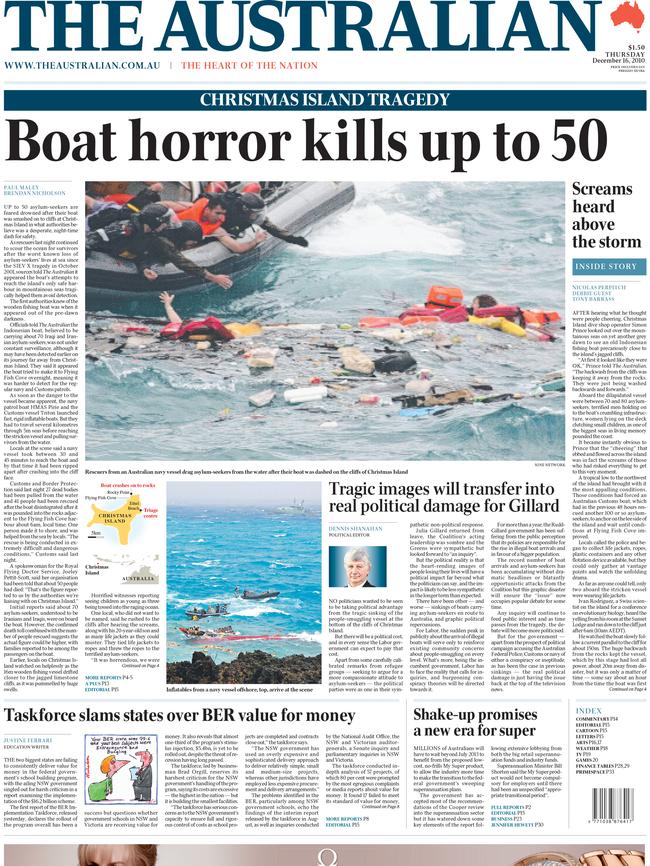
“That time has affected my life. I am struggling, still, from that accident. A lot of people died..,” he says and begins to cry. He is 35 now, softly spoken, and still deeply scarred from the memories of that 2010 day and its aftermath.
From Christmas Island, where he remained, bewildered and devastated after his rescue, he was moved to Melbourne, where the Red Cross found him an apartment. He has lived in the city ever since.
“It was very difficult at first. English barrier, different culture,” he says of his years navigating a new city and its systems, and becoming too acquainted with its hospitals because of a painful back that is a legacy of childhood polio.
He learned English, and offered his service as a handyman. But history has continued to shadow him. He has not seen his parents since 2010. And even with medication and counselling, he has been unable to expunge the memories of the journey that brought him here, and the nightmares that continue to disrupt his sleep.
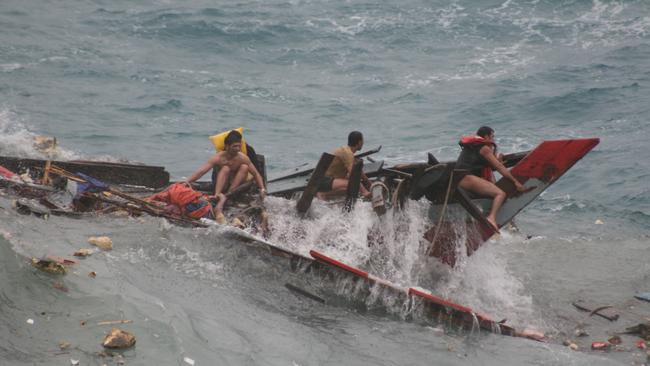
“I get a panic attack sometimes. Mine is a big tragedy. I saw one baby, a few months, in the boat. And that baby, when I was struggling to get my life saved, her mother was crying, ‘Please save my baby’...” And he weeps.
Sometimes he speaks to fellow survivors. Do they ever share memories? “It’s complicated because people said, ‘It doesn’t affect us’. But after a long time all of them have got problems. It’s hiding in the brain.”
He has paid a huge price to be here. Even with permanent residency, life has hardly been easy. Unable to work because of his back injury, he was homeless for months, sleeping in his car until recently. Then he met a
lovely Australian woman at a local shopping centre. She is now his girlfriend, and he has happily moved in with her and her cat.
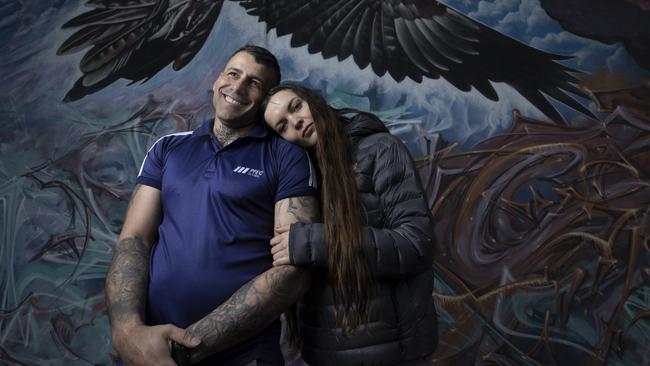
Amid his tears for what he has lost and what he has endured, he considers himself fortunate. After everything, he is still here, alive and safe.
“I’ve got a roof over my head, I have food to eat, I’ve got a phone to talk,” he says with a smile. “I think I’m the luckiest person in the world.”
60th Anniversary What happened next
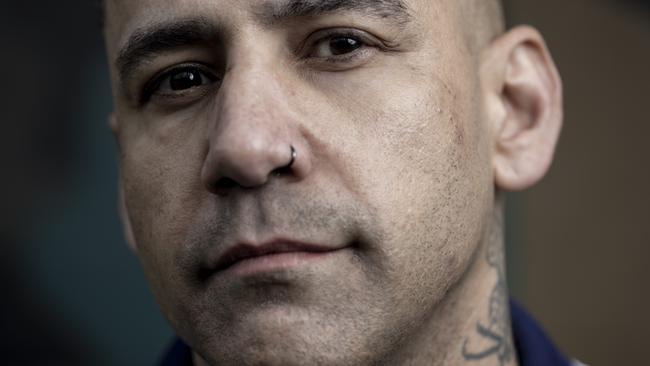
A refugee still traumatised by tragedy of his arrival
Fifty people died on December 15, 2010, in the nation’s worst civilian maritime disaster in more than a century dominating. Of those who had boarded the SIEV 221 days earlier, only 42 people survived. Meysam Rahimzadeh was among them.
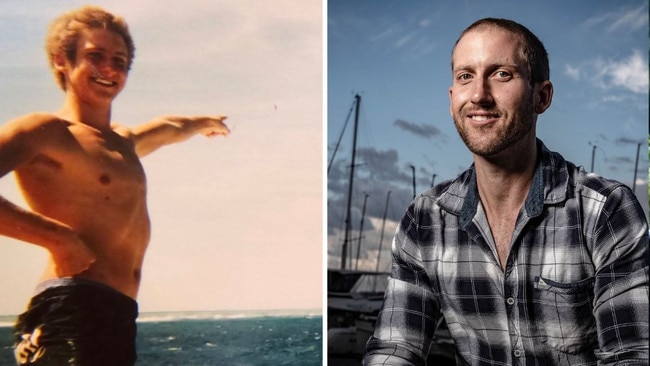
Teen sailor defied sea snakes and sharks in reef rescue
Chaice Grant was on his first sea voyage when he spotted a yacht in distress – hundreds of kilometres away from land. What happened next?
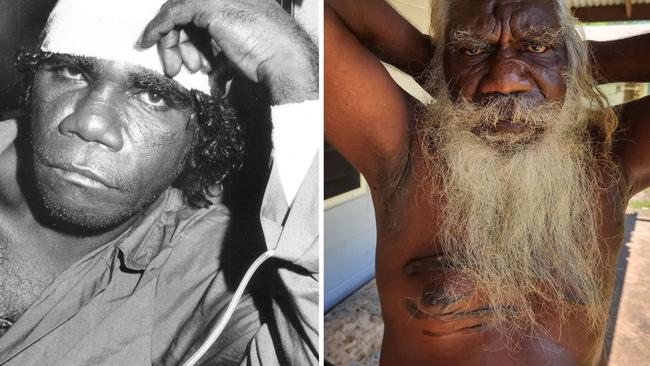
Death-rolled by croc and living to tell the tale
Johnny Banjo escaped a crocodile’s jaws of death after minutes of wrestling for his life. After poking the crocodile in the eye, Banjo grabbed his shirt and a loose can of beer before legging it on land. As it turns out, crocs are fast there too.
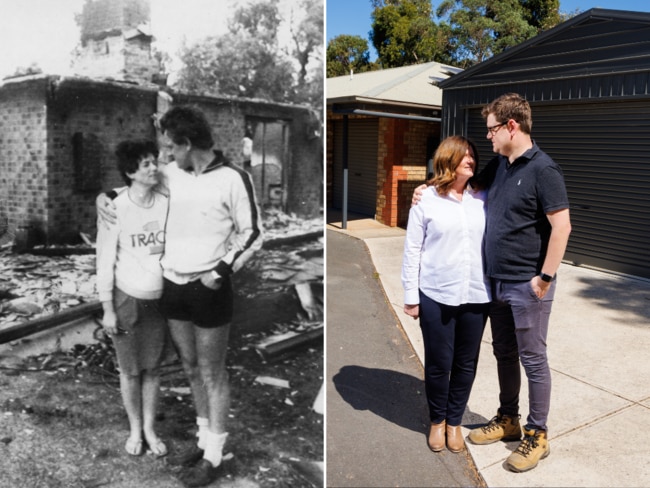
How a family was born in the wake of devastating Ash Wednesday fires
They lost their home in the 1983 Ash Wednesday fires. Just a few days later, Vivienne and Ian Kroehn were expecting their first child. What happened next?
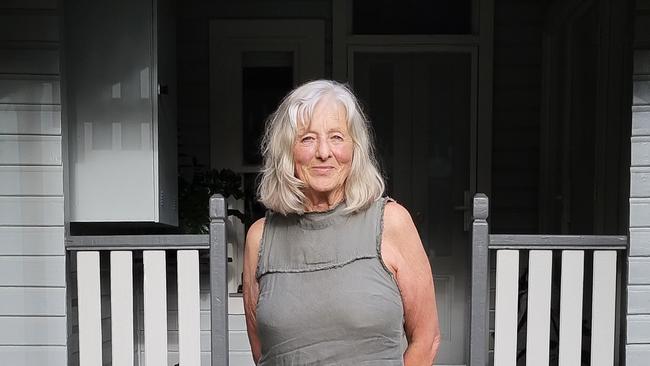
‘No one knows about my time in a Greek jail’
Fifty years ago The Australian reported a young Sydney woman had been arrested and jailed in Greece for having her boyfriend stay in her apartment. We’ve tracked her down to hear her story.
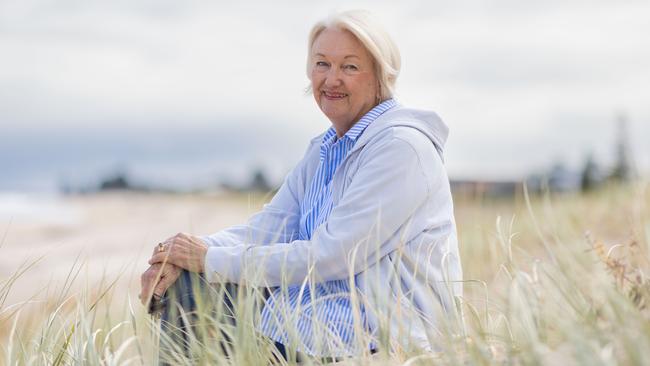
Olympic swimmer banned with Dawn Fraser surfaces six decades on
Marlene Dayman was 14 at the 1964 Tokyo Games. But after marching at the opening ceremony, she was banned from competing. When you give a teen a ‘life sentence’, how do they turn out?


To join the conversation, please log in. Don't have an account? Register
Join the conversation, you are commenting as Logout